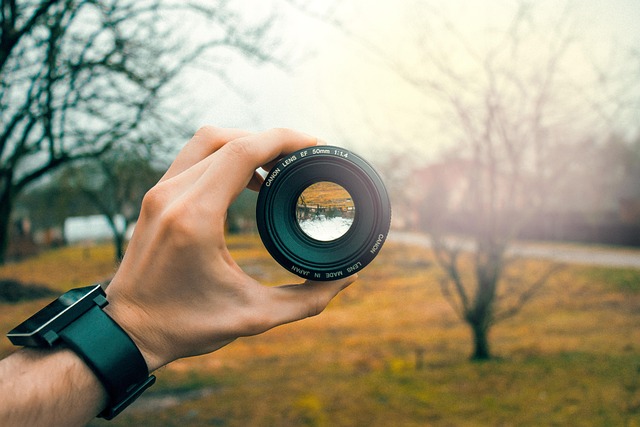Photography is an extraordinary dance of light and shadows, and at its core lies a critical element: focal length. When wielded correctly, it has the power to unlock a depth and dimension to your images, creating layers that enrich storytelling and draw viewers in. Understanding focal length is like learning a new language, one that articulates the essence of your photographic vision.
Every lens tells a story through its focal length, and choosing the right one is paramount. With wide-angle lenses, typically ranging from 14mm to 35mm, photographers can create expansive environments that invite the viewer into the scene. This is especially beneficial when capturing vast landscapes or architectural wonders, where layers can be created using foreground elements juxtaposed against distant mountains or structures. The closer you get to your subject, the more significant their impact becomes, encouraging the viewer to explore every detail.
On the other end of the spectrum, prime lenses often fall between 35mm and 85mm, offering clarity and sharpness with the ability to isolate subjects. Here, focal length takes on another role; it compresses a scene, bringing the background closer and allowing for a unique layering effect. Portrait photographers leverage this by creating beautiful bokeh, where the subject stands out against a softly blurred backdrop. This technique invites viewers to focus on the emotional connection displayed on the subject’s face while maintaining an artistic context.
Even longer focal lengths, generally over 100mm, provide photographers with the capability to capture distant subjects with striking detail. Wildlife photographers and sports enthusiasts rely on telephoto lenses to compose images where layers are formed by fleeting moments. The layers in such photographs often tell a narrative of speed, distance, and candidness, all while presenting an intricate tapestry of life that may go unnoticed from afar.
Consider the role of optics in achieving the desired layers; the choice of lens can significantly alter perspective and depth. By using tilt-shift lenses, one can manipulate the plane of focus and create surreal images with pronounced layers, allowing for a more creative storytelling approach. These images can evoke feelings of wonder and abstraction, marrying technical prowess with artistic expression.
Moreover, focal length influences composition significantly. Photographers must recognize its impact on the scene’s geometry. For instance, as you zoom in on a subject, the background compresses, forming a visual dialogue between the layers of the image. This is especially effective in urban photography, where the juxtaposition of architecture can create a mesmerizing visual framework.
Effective layering doesn’t stop at focal length. The principles of composition, such as leading lines, framing, and the rule of thirds, serve as vital allies in enhancing the narrative your photograph tells. By consciously arranging elements within the frame, a photographer can guide viewers through the layers, creating a journey rather than just a moment captured in time.
Your camera is a sophisticated tool, and understanding focal length gives you the keys to unlock its full potential. By experimenting with different focal lengths, you’ll discover how nuanced and rich your photographs can be. Embrace the challenge, play with angles, and constantly push the boundaries of your creativity. In the world of photography, the layers you create aren’t only the elements within the frame but also the stories you tell through the lens, intricately woven together using the magic of focal length.



